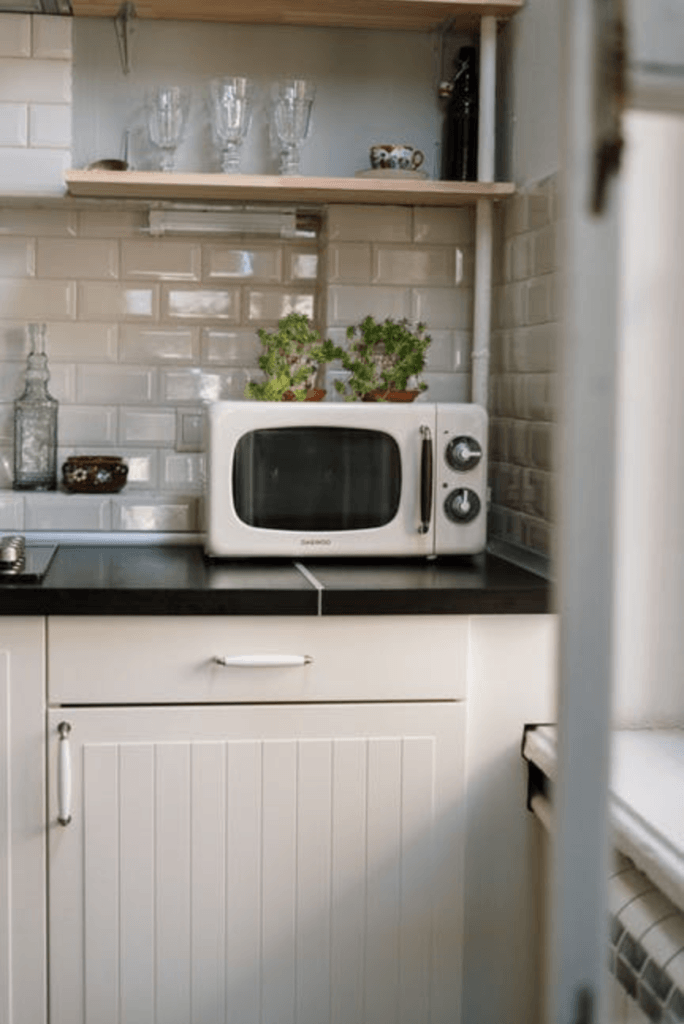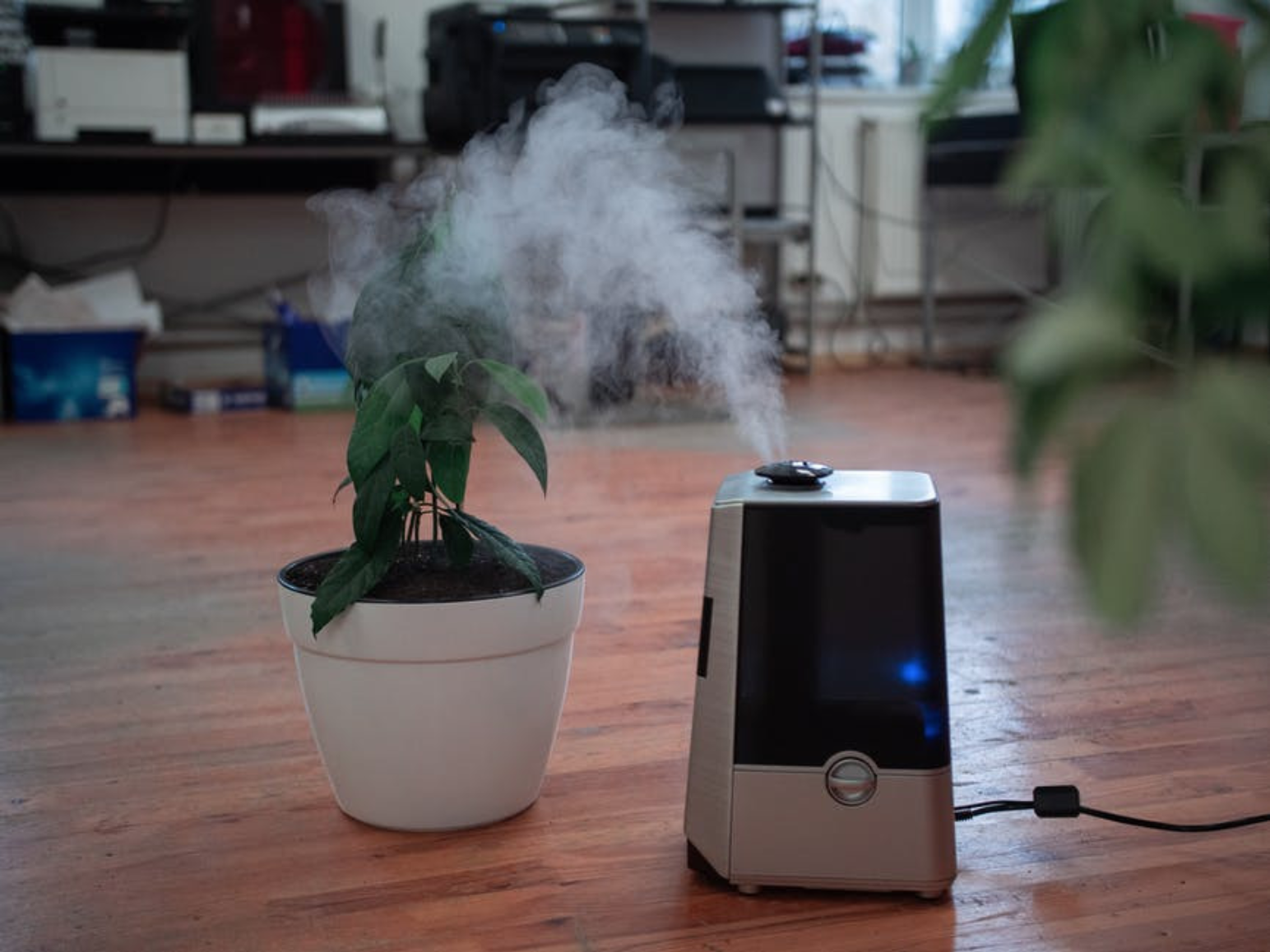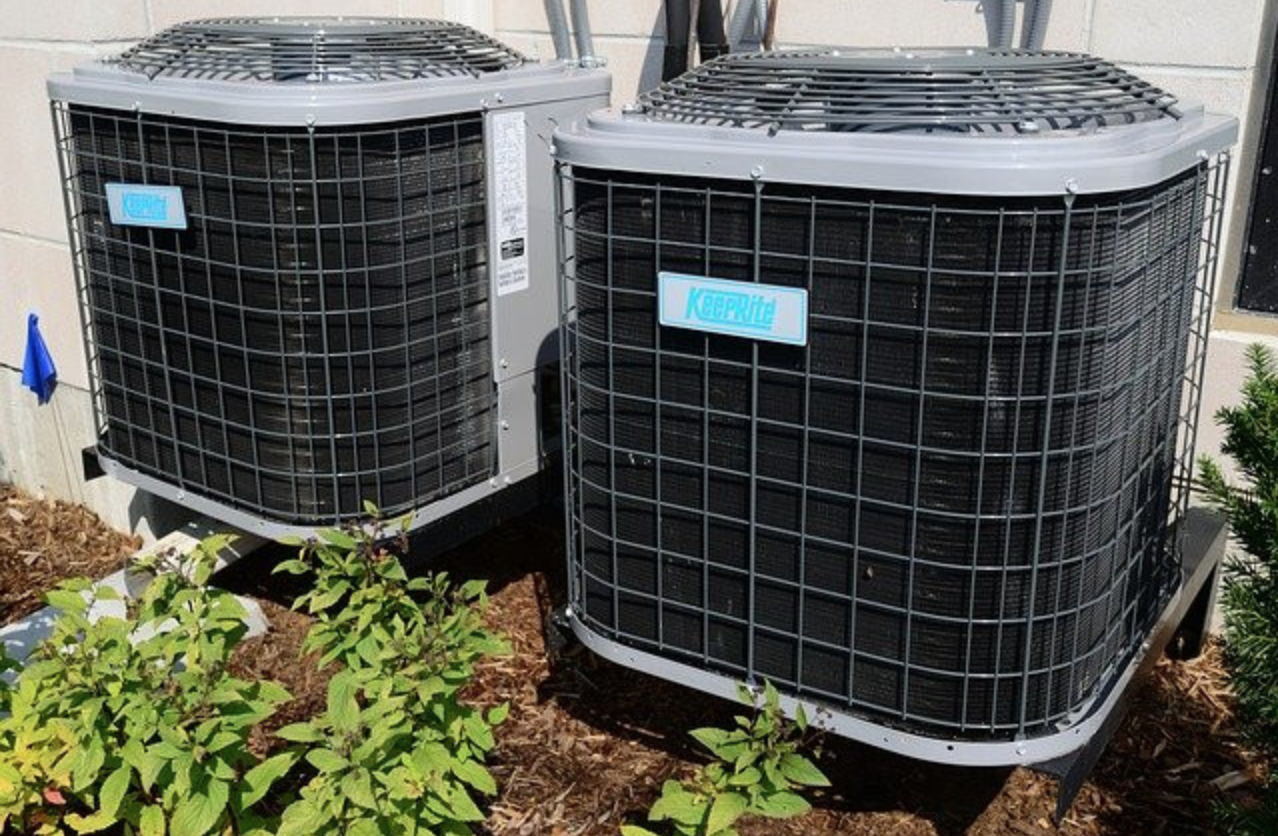We all want to breathe the best air possible in our home, and air purifiers can help with that. Placing an air purifier in the wrong room will decrease efficiency, and you will not use its full potential.
An air purifier should be placed near the source of bad odors or high traffic areas. Corners and tight spaces should be avoided if possible. Keep in mind that the air purifier you buy needs appropriate coverage for the size of the room.
I have already determined that I need a dehumidifier in my basement, and I am now wondering where would be the best room to put an air purifier in our new house.
Hiding it behind a couch will simply not do the job. Let’s go over the best practices to follow regarding the location of air purifiers.
How to Choose the Best Room for an Air Purifier?

To answer this question we first have to understand the primary purpose of an air purifier, which is to remove contaminants from the air in a room to enhance indoor air quality.
Based on this, a good start is to identify a room with bad odors. Every house is different, and bad odors may come from various areas of your home.
Some homeowners have problems with their basement; others have pets, which can be the source of the problem. Certain people dislike smells coming from the kitchen.
As an example, if you are a smoker, you should place the air purifier in the room where you smoke. Placing an air purifier next to the source of the problem increases efficiency and gives the best possible results.
If you are one of those homeowners who have no odor problem, you should place it in a room prone to pollutants, such as living rooms, where people spend a lot of time. Frequently going in and out of the house, having guests, cleaning, and other everyday activities affect the house’s air quality.
What is the Best Place for an Air Purifier Within a Room?
Once you have chosen the room for your air purifier, you need to select the best location within a room. The basic rule is to enable at least 2 feet of open space around the device. But there are additional recommendations.
Don’t Hide the Device
Depending on the model you buy, it may not be a beautiful object, and you may tend to hide it.
The most common mistake people make is placing the air purifier in a corner or behind furniture to keep them out of sight or to save space.
While it may feel good to hide it, you are decreasing its efficiency. Placing it in tight spaces with no airflow will prevent the device from filtering the air completely.
Of course, you will not place it in the middle of the room and trip over it every time you walk, but keep it in a place where it can do the job.
You may position it near a wall, but not too close to the wall. You may put it next to the doorway, or next to the closet in the bedroom. Any place that is not tight and covered will do the job.
Air Purifiers Don’t Mix Well With Some Other Devices

The location you choose should be far away from other devices such as the TV, microwave oven, stereo system, or similar. A certain distance is needed because these devices may run on similar wavelengths and cause interference. Large appliances like fridges are not a problem.
Avoid Placing it Near Air Flow
Avoid positioning near the house entrance or a window that is frequently opened. Fresh air coming from outside seems like a good idea, and it is, but you don’t want your air purifier to filter the outside air instead of the one already inside your house. The constant flow of outside air will lower the efficiency of a purifier.
Additional Recommendations for Bedrooms
In the bedroom, keep it about 6 feet away from you, so you don’t feel the draft. Choosing a sealed system air purifier will ensure the best quality of air in your bedroom. If you use the regular device, make sure that the discharge is faced away from you.
For some rooms is hard to follow best placement practices. You can choose 360-degree purifiers that filter the air from all directions and can be placed near walls. Those are great for smaller rooms where you can’t put it away from all obstacles.
Regardless of the location chosen, you will need to choose a device that meets your needs.
What Type of Air Purifier Do I Need?
The two main things to consider to answer this question are the contaminants you want to eliminate and the size of the room.
Room Size Consideration
Every air purifier has specific coverage. Some are for only 100 square feet, while others are powerful enough to cover more than 1000. Placing a too small device in a large room will not do the job. On the other hand, there is no need to put a 1000 square feet model into a small bathroom.
Portable vs. Fixed Devices: For less polluted homes, you may use a portable device and switch places. When you are going to spend time in a particular room, just take it with you.
Fixed devices are usually larger and more efficient, which makes them great for areas with more pollutants.
Air Purifier VS Ionizer
If you are in the market for an air cleaning device, a word of advice, go slow. My head is still spinning after I spent an hour on Amazon.com. There are so many options, it is really not easy to choose one. Even after you have chosen an exact location in your house.
Either way, you are probably considering one of these two air cleaning technologies: air purifiers and ionizers. I found the video below useful to understand the differences between these two types of devices.
These are the main takeaways from the video:
The main difference between these two types of air cleaners is how they remove pollutants from the air. The bottom line, air purifiers use a filter and ionizers don’t.
How an Air Purifier Works
Air purifiers work by drawing air into the machine and passing it through a series of filters. These filters trap microscopic contaminants while pushing purified air back into the room.
The more this cycle repeats, the cleaner the air becomes, and the fewer pollutants remain inside the space.
How an Ionizer Works
An ionizer, on the other hand, doesn’t use filters. It works by sending out negatively charged ions into the air that latch onto pollutants. This bond weighs the particles down and causes them to drop out of the air and land on surrounding surfaces.
With an ionizer, the particles may not be in the air, but they still reside in the room until you vacuum them up or do a thorough cleaning. I found this fact troubling; It’s as if you kill a bunch of flies, and you left them on the floor. A little disgusting; I am not a fan of ionizers.
Air purifiers are the most efficient type of air cleaner because they actually remove contaminants from the space. The only drawback is that air purifiers require periodic filter replacements while ionizers do not. Filters can average between $30-50 per year.
What is a HEPA Filter and HEPA Air Cleaner?
If you decide to go with an air purifier, you should consider one that uses a “true HEPA filter”. To be considered a true HEPA filter it must be certified to remove 99.97% of all microscopic particles.
The following video goes over what a HEPA Filter and HEPA Air Cleaner are, including the importance of selecting a “true HEPA filter”.
Additional Tips
Here is a list of additional tips to consider:
- Use the air purifier as a “shield” – placing it in front of the kitchen door and positioning it to catch the air from the kitchen will prevent odors from going into the next room
- Do not use them in combination with other similar devices – if different devices affect the airflow they will not be able to filter the air as it will constantly be blown away from them
- Put it near the door between 2 rooms so if you leave the door opened, and the device is powerful enough, it will filter the air in both rooms
- Consider models that are certified to be mounted on a wall – it saves space, and you will not trip over it
- Keep it away from moisture as it will lower its lifespan. If you have to use it in a moist room, such as a basement, you may install a dehumidifier, but they should be as far as possible from each other
Hopefully, now you have a better idea about air purifier placement and usage. Before you make a purchase, consider all the possibilities and choose a place where this device will be most useful.
Related Posts:




